
Corporate design templates

Create professional corporate designs with individual templates
Your company needs a visual relaunch or a customer wants a rebranding: we have the effective solution! Use our individual, professional corporate design templates to create an unmistakable corporate identity. Give the entire business equipment optimum recognition value by creating a common thread running through the design. Or a yellow, green or blue one. You can adapt our corporate design templates to suit the color scheme of your customers. Download the corporate design template you want and edit it individually with logo, address and imagery. It's wonderfully quick. Works wonders for your communication or that of your customers. Get inspired by our templates here and now and start the download - creating a corporate design made easy:
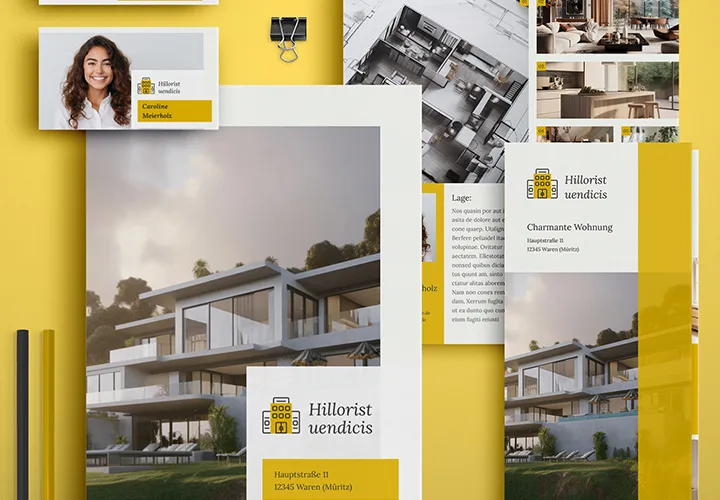
For real estate in its finest form and shape
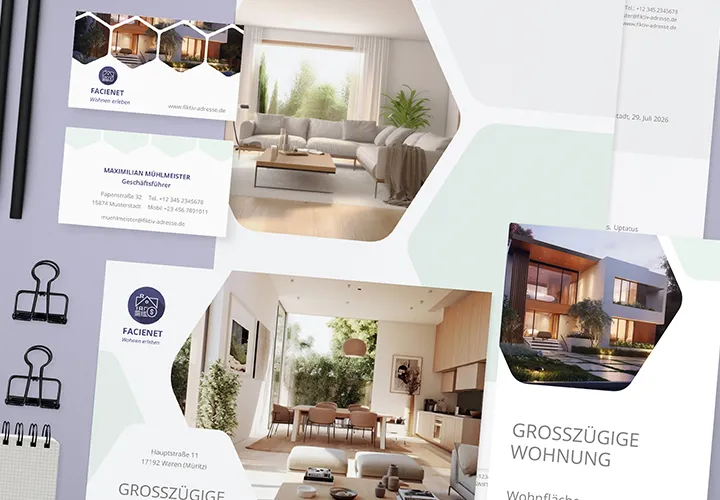
How to present your house and apartment properly!
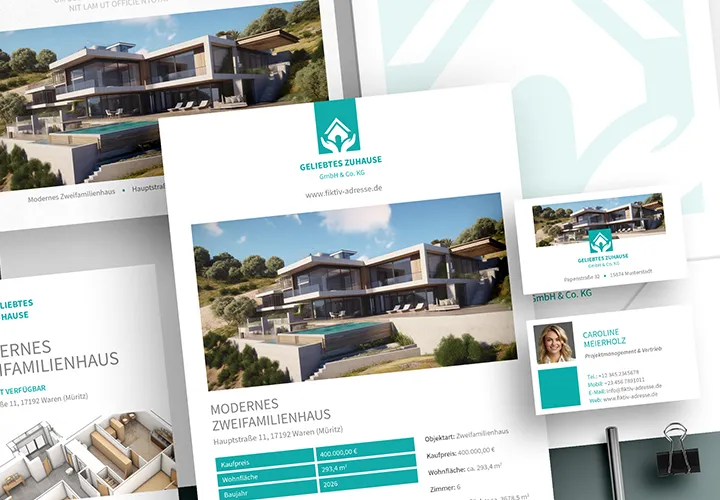
Quickly designed - fully equipped!
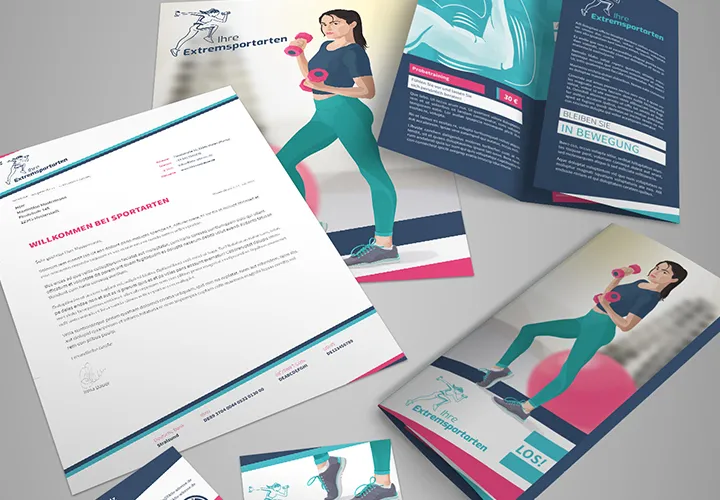
Identity-creating templates
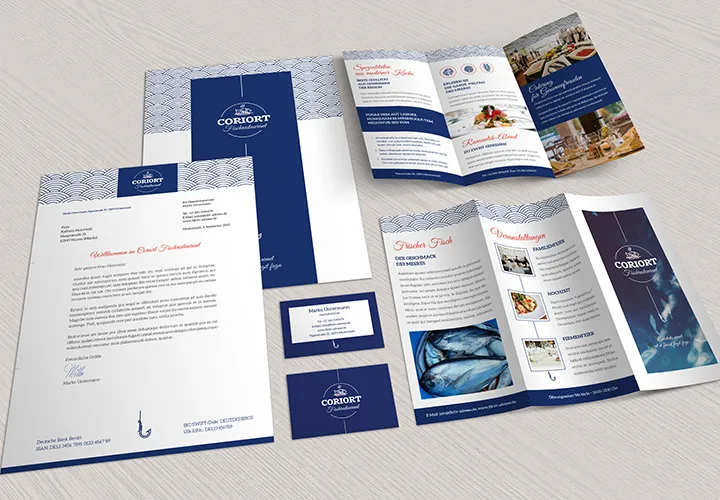
Tasteful templates
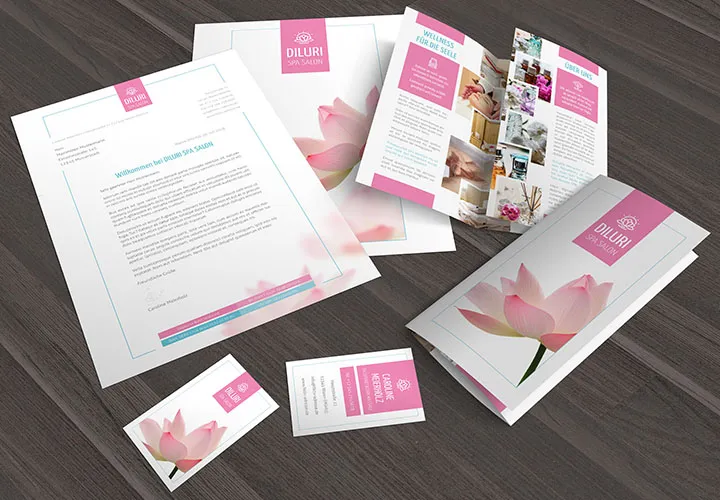
For an outwardly effective and professional appearance
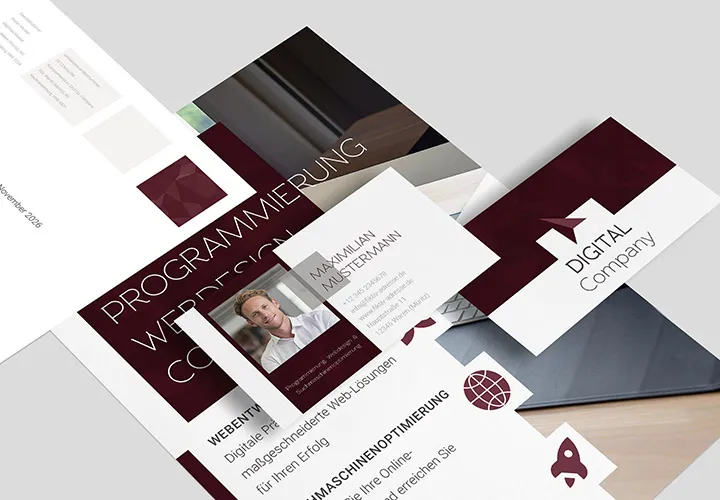
With flyer, business card & Co.
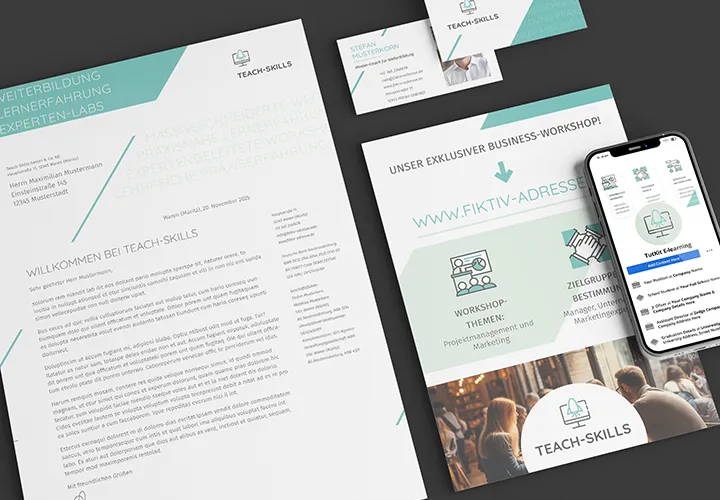
For complete business equipment
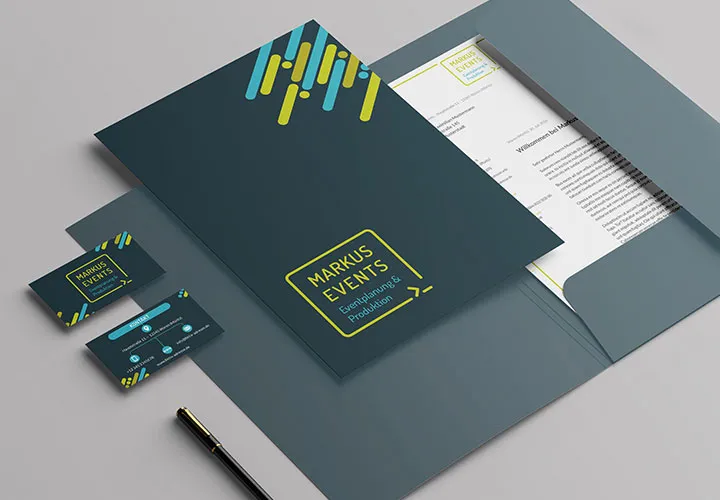
Fully equipped from flyer to roll-up
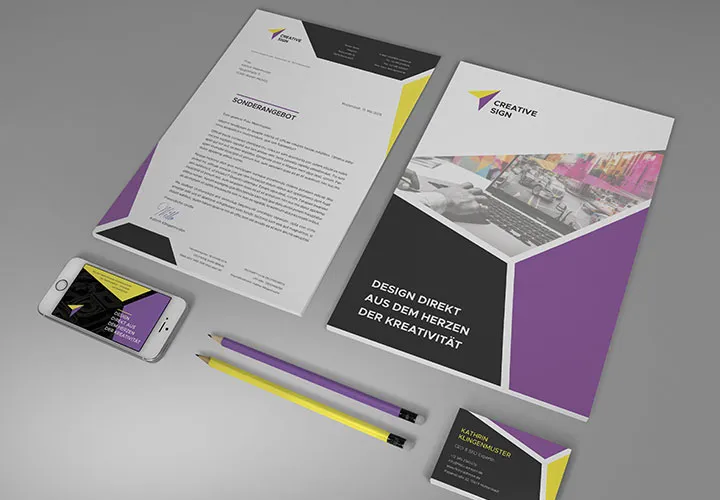
From the business card to the roll-up
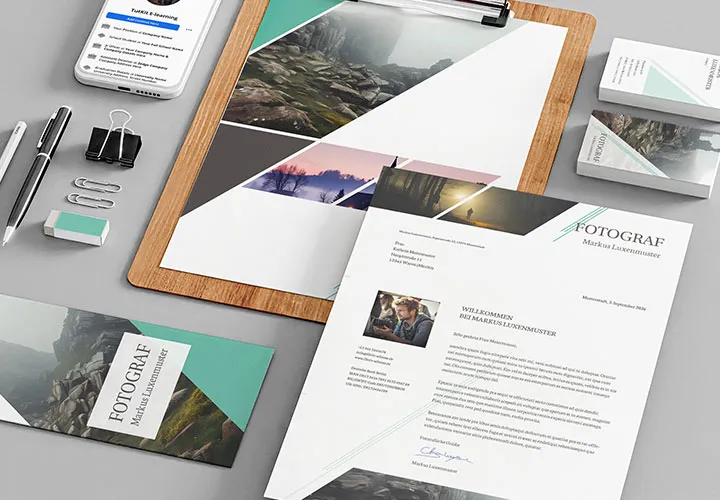
Quickly create high-quality business equipment
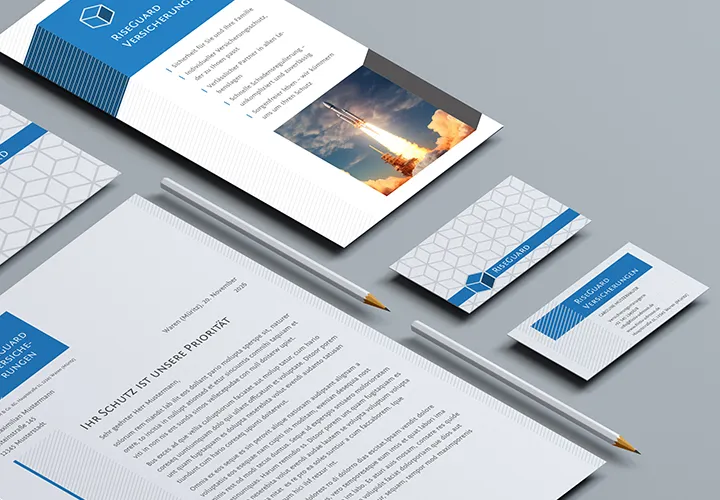
Elegant templates for your business stationery
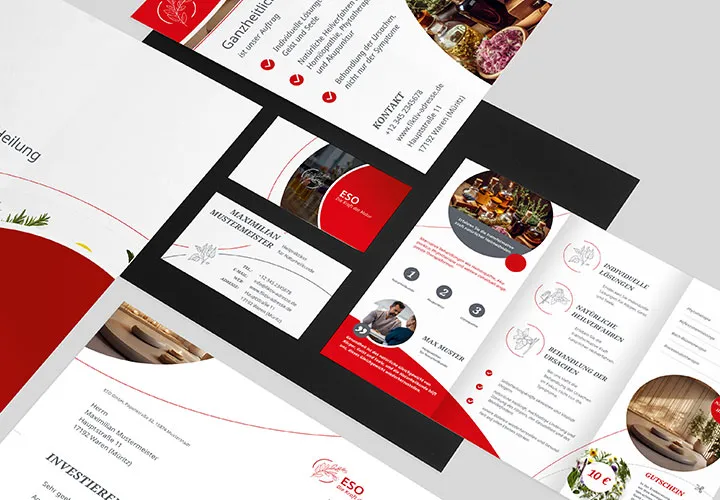
A relaxed approach to corporate design
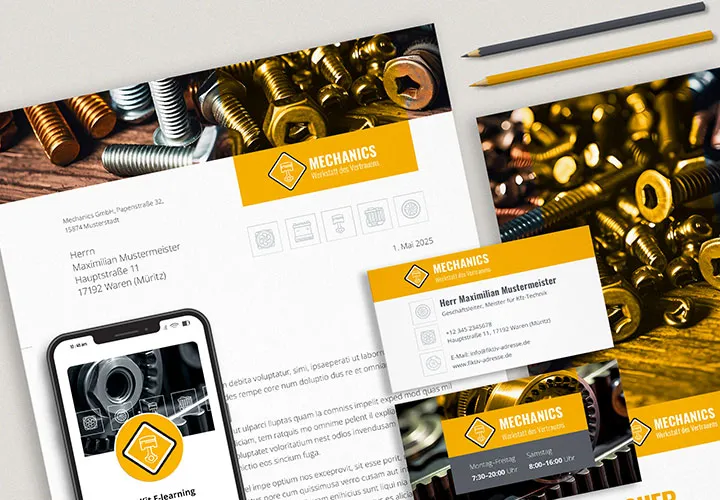
Complete business equipment
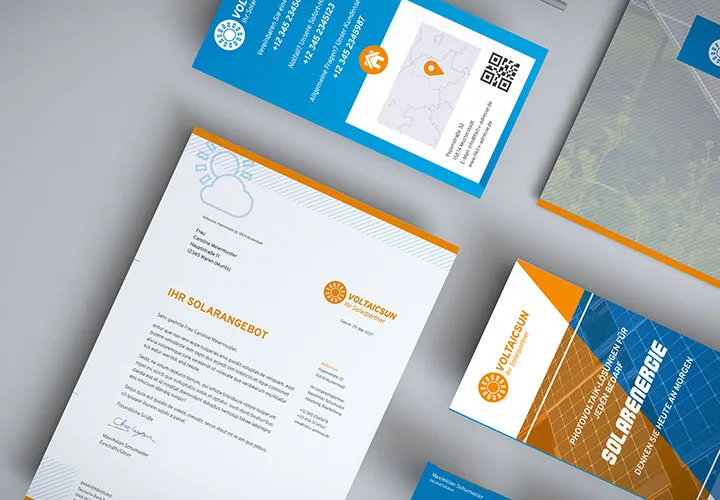
Complete business equipment
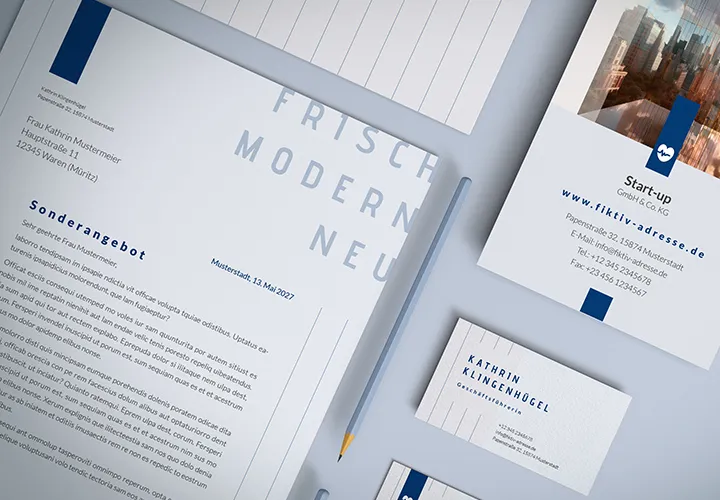
Save time with modern templates
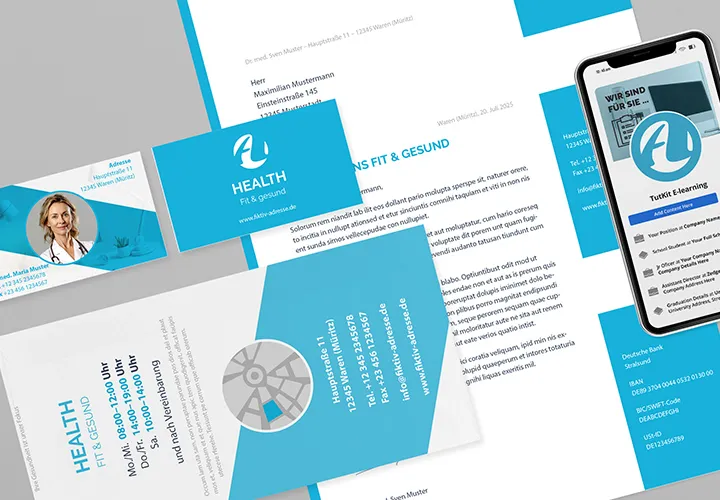
From the business card to the roll-up
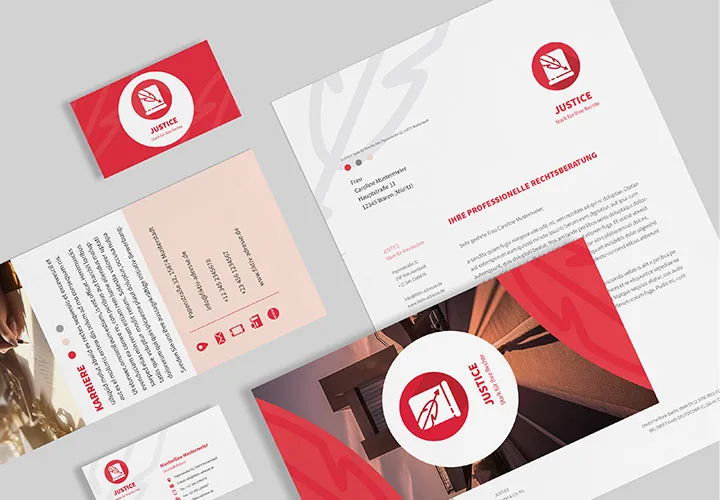
Quickly to the finished corporate design
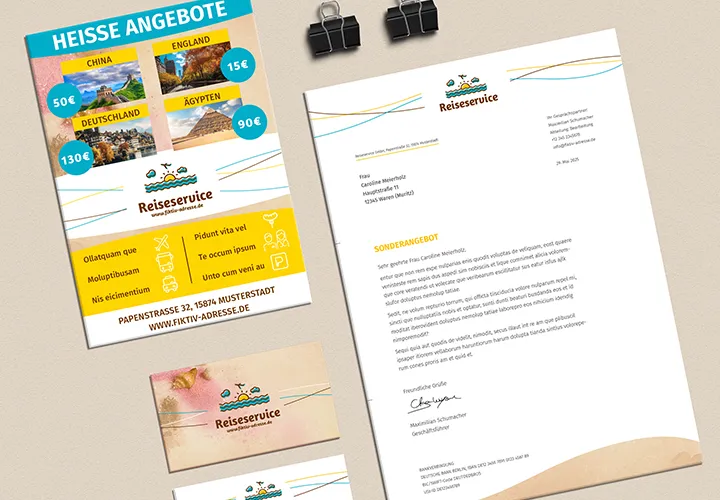
Get you to your design goal quickly
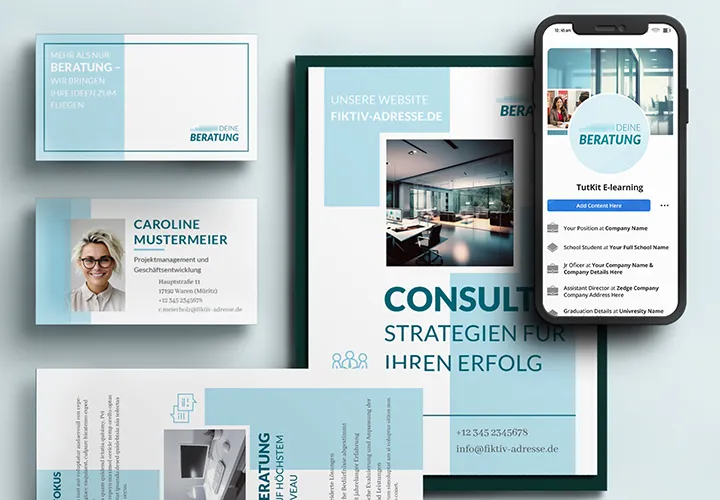
Download. Customize. Use.
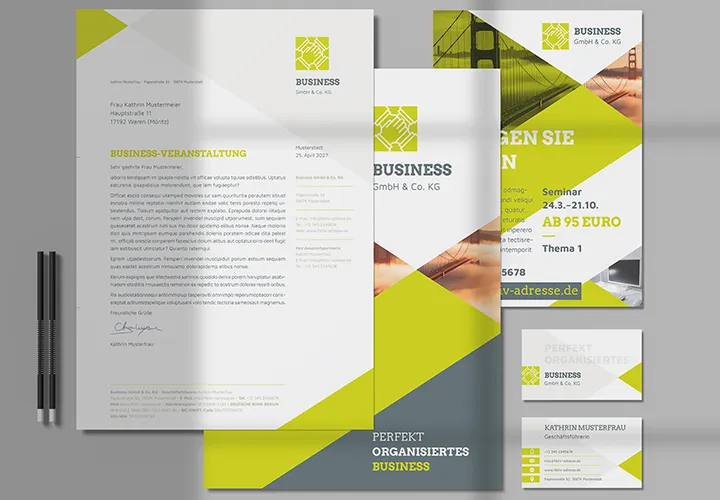
Everything prepared in a uniform design
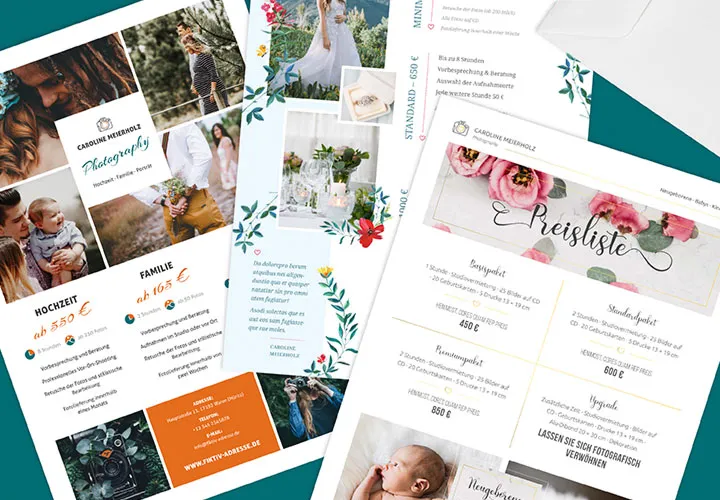
For baby, wedding and specialist photography
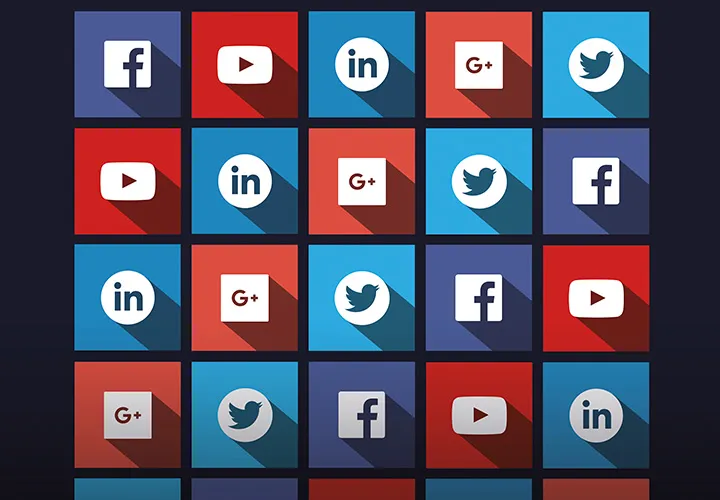
For Facebook, LinkedIn, Twitter and YouTube
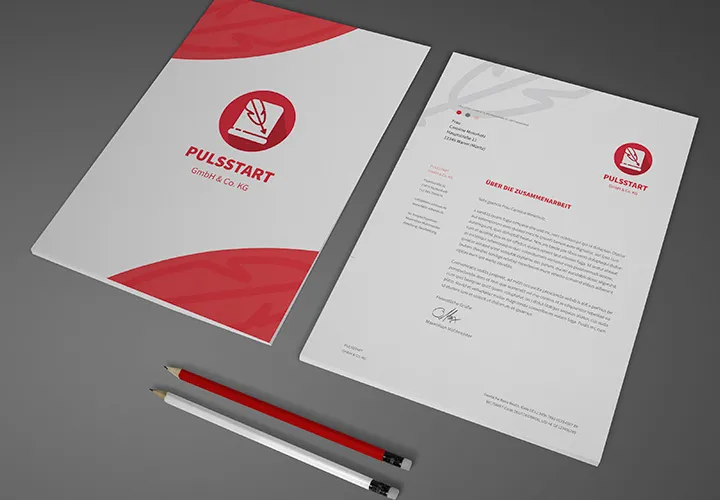
For business letters with a strong design
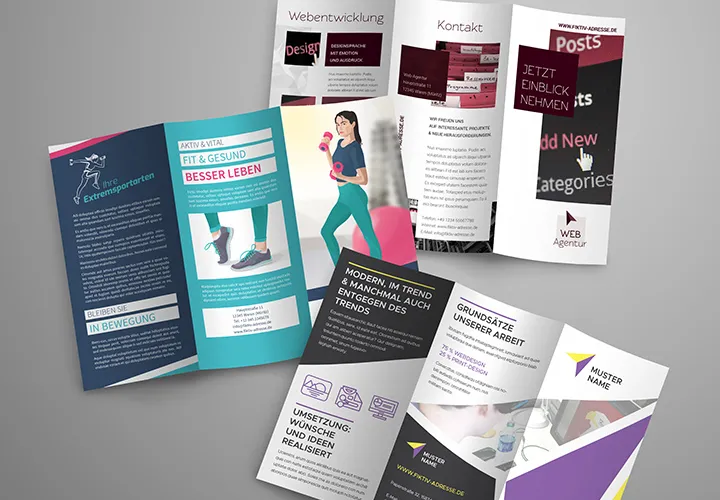
Clear information with high-quality aesthetics
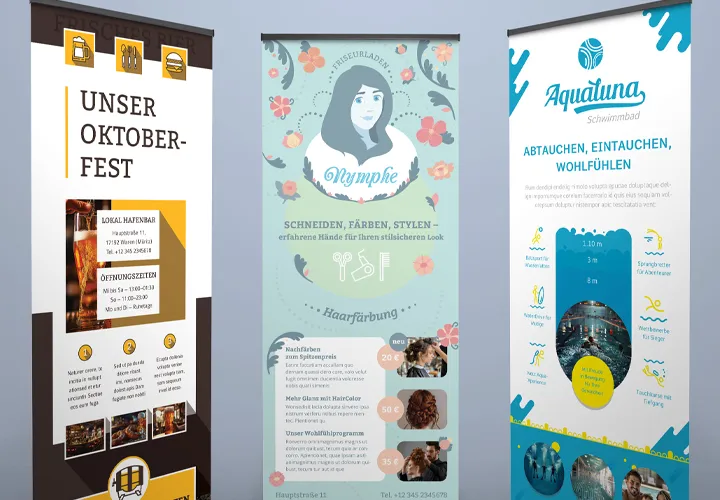
Information on an equal footing
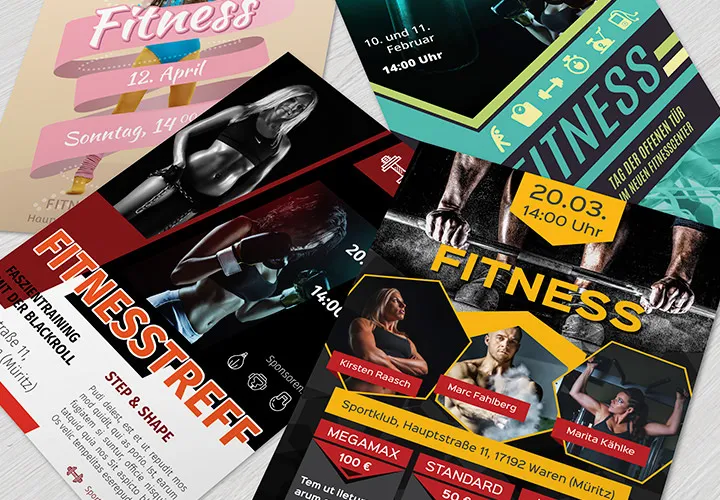
A creative power package for your design
Fully equipped once, please!
Corporate design templates for download
From the business card to the roll-up
Complete business equipment: individuality in all variations
We have created a large selection of professional , agency-quality corporate design packages for you. In each corporate design package, you will find suitable templates for your business stationery that you can easily edit. Boost your or your customers' communication and advertising with a consistent, individual brand presence. Our packages include stationery templates, business cards, multi-page folded flyers, customizable newspaper ads, high-impact roll-ups, comprehensive PowerPoint presentations, Facebook cover photos and much more. Everything is already prepared so that you can immediately adapt it to your individuality.
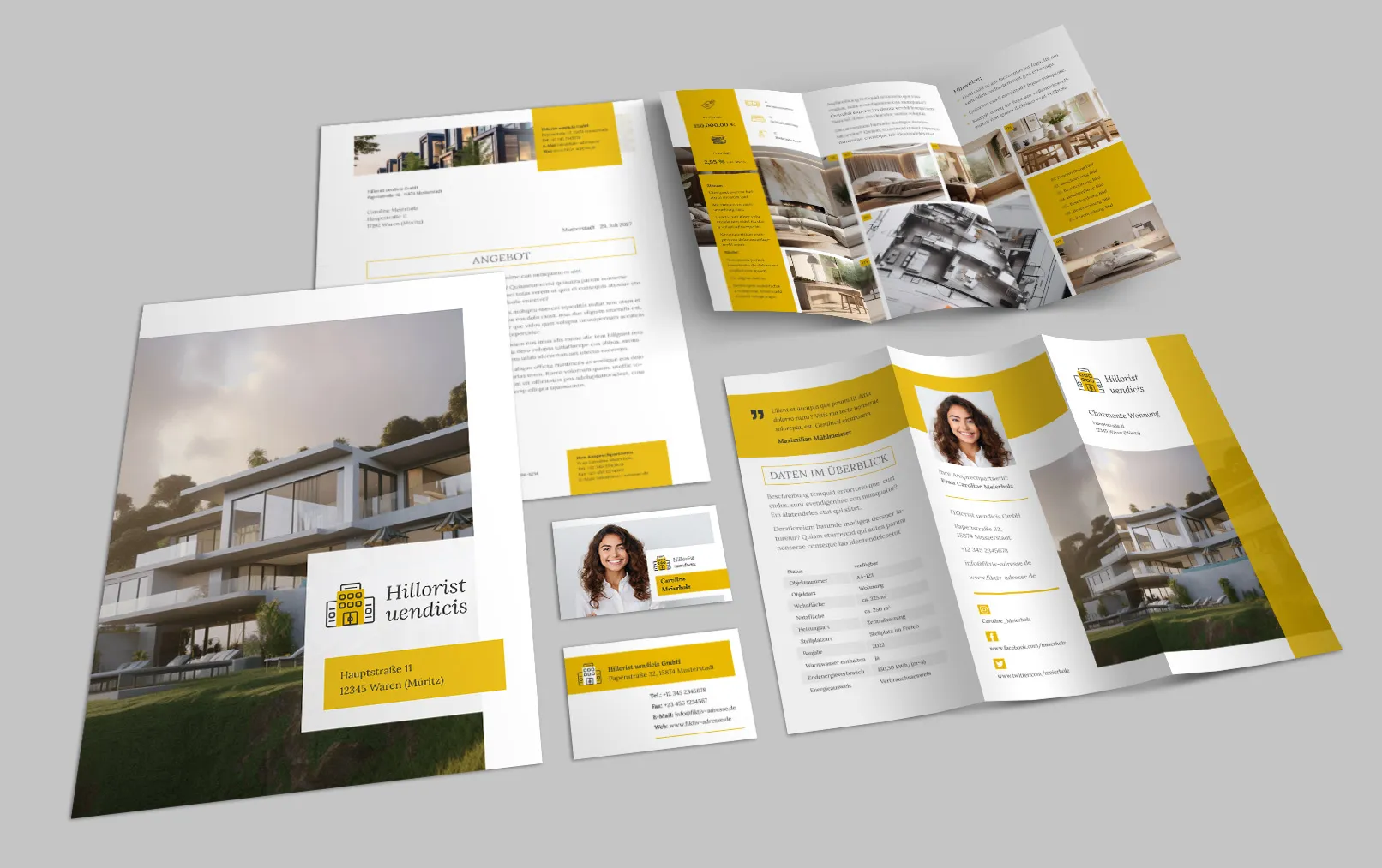
Industry diversity: design scope for many business areas
Which sector should it be? Photography or food? Software or sport? Recreation or nutrition? Wherever you and your customers do business - we offer you a wide range of options for many industries with our corporate design templates. Launch a professionally designed business stationery, go on the marketing offensive with maximum recognition value, strengthen communication permanently in the B2B or B2C sector. With matching corporate designs that you can easily customize. Start the download now!
What is corporate design?
The topic of corporate design (CD), its meaning and the principles of strict adherence to it are unfortunately not always clear and understandable to all companies and agencies. Not every designer has received training that emphasizes the importance of a uniform corporate design. There is no other explanation for the fact that different advertising materials often look so different, even if they were created by the same designer.
When people talk about corporate design, there is often a misunderstanding at the beginning. Some speak of corporate identity (CI), others of corporate design (CD). Marketing and advertising experts tend to refer to the appearance as CI, while graphic designers speak of CD in this context. Both are right.
In English-speaking countries, it is common to refer to the appearance of a company or brand as "corporate identity" (in the case of a brand, this is often also referred to as "brand identity"). Marketing experts often learn their basics from concepts and works that have been translated from English and American into German, and the term "corporate design" is rarely found in these works.
Graphic designers who deal with corporate design often draw on works from Germany, where corporate design is an element of the broader concept of "corporate identity", which also includes "corporate behavior" and "corporate communication". So both sides are right, but they often talk past each other. In the following, I will refer to the concept of corporate identity, which encompasses corporate design, corporate communication and corporate behavior - although we will of course focus primarily on corporate design.
Ultimately, it doesn't matter what you call the process, the important thing is that it is holistic and encompasses all the necessary elements.
What is corporate identity?
Corporate identity is essentially the strategically planned and executed self-presentation and behavior of a company, both internally and externally, based on a predetermined corporate philosophy, long-term goals and a specific, desired image. The aim is to harmonize all of the company's operational instruments within a uniform framework for internal and external presentation.
The concept encompasses the visual representation, but goes much further and deeper: it also includes verbal communication within corporate communications and, above all, behavior - corporate behavior.
Corporate identity (CI) is the dynamic organization of an institution's systems that determines its characteristic behavior towards its members, partners and society as a whole.
The importance of the right slogan in corporate design
A slogan can be described as a company's battle cry, but also as an advertising slogan. As a rule, a slogan is derived from the company's mission statement, if one exists.
A good slogan conveys the company's core message precisely and vividly, e.g. as a manufacturer of computers and computer parts with "Think different" or as a well-known sporting goods manufacturer with "Just do it".
I deliberately didn't mention the brand names, but you know which ones I mean, don't you?
Easy to edit with your program
Consistently compatible: templates for many types of software
You'll be familiar with our high-quality corporate design templates in no time. This is also because they are compatible with the software program of your choice. You can easily edit the templates in Adobe InDesign, Photoshop, CorelDRAW, Microsoft Word or, in some cases, PowerPoint. Various formats are available for you to download. Other programs also have the option of opening these file formats. It's best to try it out with your favorite software. This makes your work wonderfully quick and easy. Simply insert the logo into the templates, adjust the colors, fonts and texts to suit your individual requirements - and you can put the result online, make it available digitally or create a striking print product.
Logo in corporate design
A logo is often the first thing people remember about a company. It should be immediately recognizable. However, a good logo means nothing if the brand does not give it any meaning. When designing a logo, you should create an abstract image that is clean and simple and initially means nothing until the company's brand gives it meaning. Simply put, a good logo means you could draw the shape with your big toe in the sand.
I've noticed that for a lot of people, corporate design boils down to the logo. The challenge sounds like "We need a new corporate design", but what is actually meant is: "We want a new logo". However, the logo is only one element, albeit an important one, but not the only one that makes up corporate design. Corporate design is often described as the clothing of a company. Based on this metaphor, it can be said that a logo can be compared to a person's glasses.
Of course, you can change your glasses every day, but there are people for whom glasses have become part of their image - for example John Lennon or Gandhi (who probably went to the same optician).
But glasses alone do not make up a person's entire image. Apple CEO Steve Jobs, for example, is also known for his round glasses. But his appearance is also determined by other features: Short haircut, black sweater, jeans and sneakers. He could also appear at a normal event in a strict suit. Would that have surprised people? No, it wouldn't have. But his clothes were part of his image, we are used to seeing him in a sweater, jeans and sneakers. Whether this is just a personal preference or a deliberate strategy to give himself a distinctive identity and become a recognizable brand, who knows? It's a different story with the logo and corporate design: the logo is part of the look, but by no means defines it completely.
But the glasses and the hairstyle are what stand out up close. But from a distance, we only recognize a person by their figure and appearance. A corporate design is therefore the brand elements that run from head to toe. It is also the case in the company that it is recognizable in all digital and printed media. The style is congruent.
Fonts in corporate design
To ensure that the visual appearance of a company is consistent from start to finish, fonts and colors must be defined in addition to the logo. The rules for the use of fonts, colors and logo in relation to each other should be clearly defined so that not every designer creates their own style around the logo. Only if these core elements of the corporate identity are strictly formalized in a corporate style guide - the so-called "corporate design manual" - for all executing organizations (whether stand builders, advertising agencies or web designers) can it be ensured that the visual appearance is identical in all environments.
Ideally, all corporate design elements should be created by the same team.
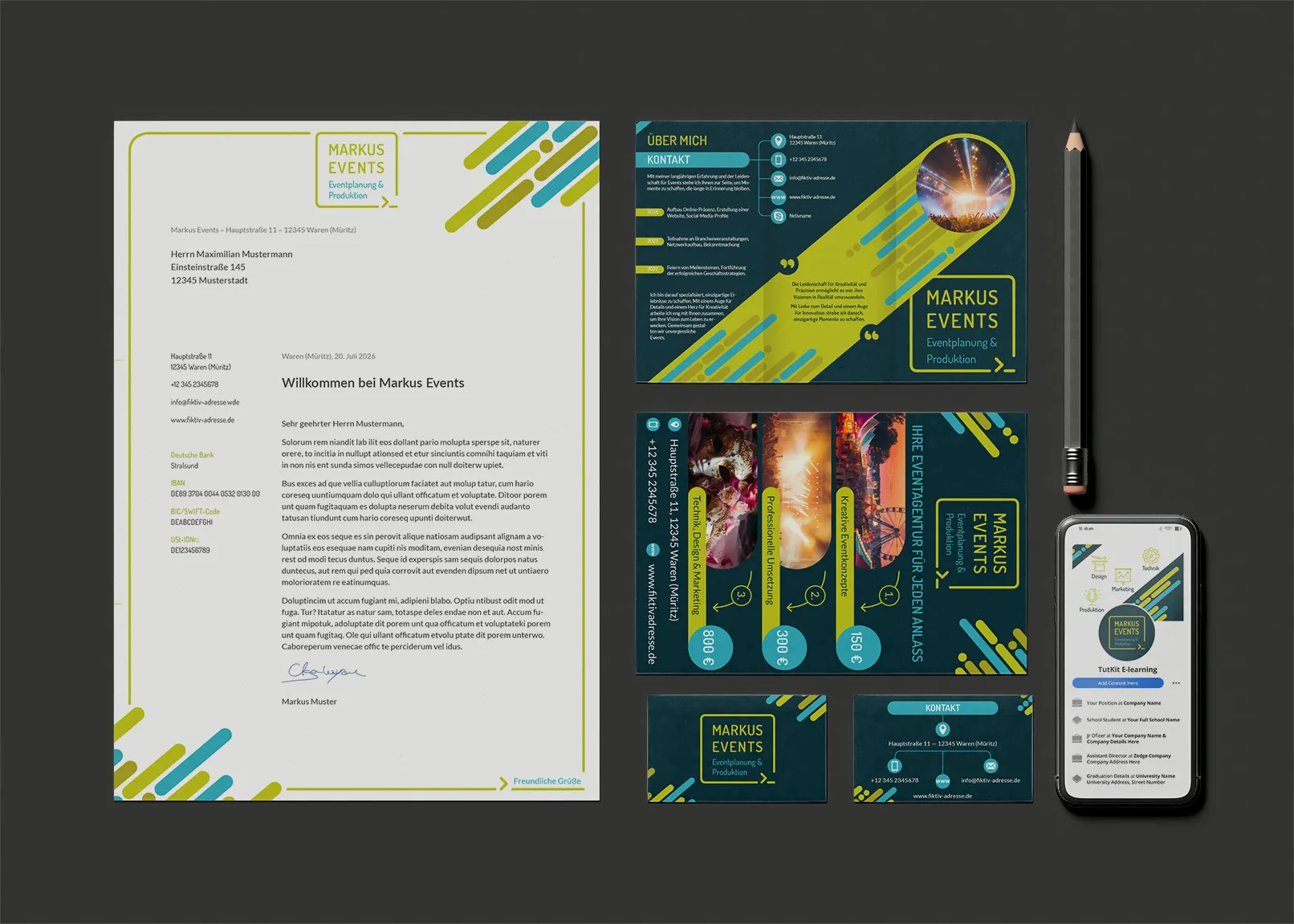
Color choice in corporate design
Designers need to be careful when choosing a color scheme for the corporate design. The colors should underline the company's philosophy and strategy. Studies have shown that people make an unconscious judgment about a person, environment or object based on color alone within 90 seconds. In addition, the logo must work in combination with the colors.
Conclusion on corporate design
A well thought-out and consistent corporate design is an effective tool for any organization. It not only represents the corporate identity, but also conveys the company's image both internally and externally. If a company considers the key components mentioned above, it can develop an effective corporate design that strengthens its brand and appeals to its target audience.